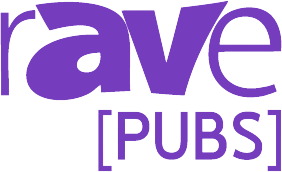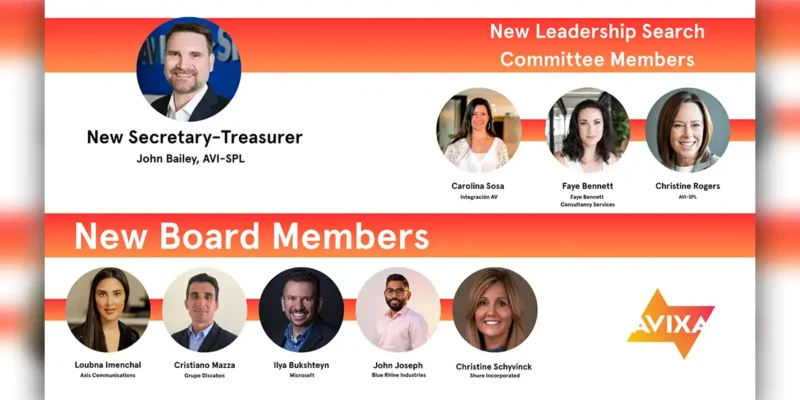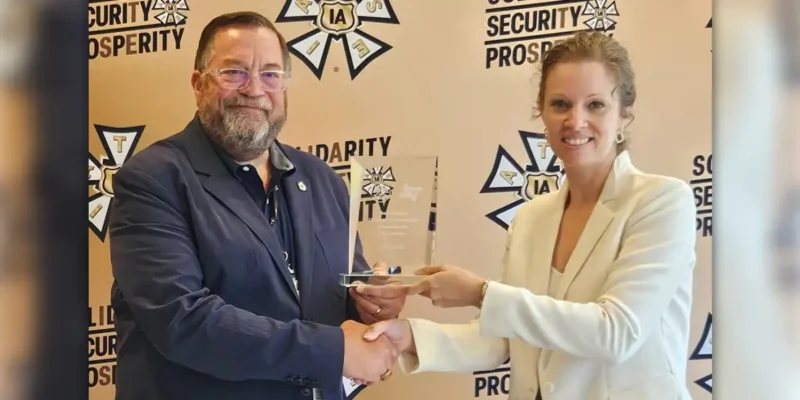AVEC 2019: Thoughts on Data, Content and an Economic Outlook for ProAV
 This month I attended AVEC 2019 in New Orleans — that’s AVIXA’s AV Executive Conference, held annually in locations around the U.S. In the past, AVEC has been focused mostly on high-level business and management topics, but this one included panels with industry experts on digital signage, collaboration and higher education.
This month I attended AVEC 2019 in New Orleans — that’s AVIXA’s AV Executive Conference, held annually in locations around the U.S. In the past, AVEC has been focused mostly on high-level business and management topics, but this one included panels with industry experts on digital signage, collaboration and higher education.
One of the most valuable portions of the conference was when Sean Wargo, AVIXA’s senior director of marketing intelligence, and Peter Hansen, AVIXA’s economic analyst, took the stage to talk about the economic outlook for the ProAV industry. There were a lot of interested tidbits in their talk — in general, the economic outlook is pretty positive for ProAV. There is a threat of recession in 2020, about a one in three chance, according to Peter, but he encouraged business owners not to panic, because even if there is a recession, it won’t necessarily be that bad.
As has been expected for a long time, the APAC market has finally passed North American to become the largest in terms of ProAV revenues, mostly thanks to a strong China market. MEA (Middle East and Africa) is also poised for fast growth through 2024.
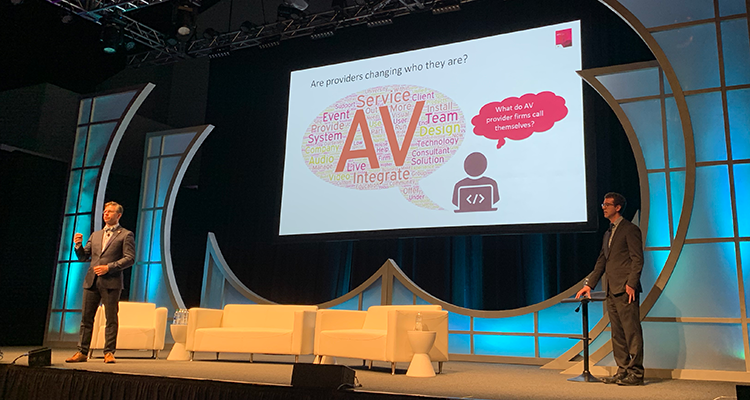 Sean and Peter also talked about the strongest vertical markets / market categories for ProAV. The largest, in terms of revenue and CAGR are: conferencing and collaboration ($38.6B), digital signage ($34.1B), learning ($33.0B), content distribution and media ($28.90B) and live events ($26.7B).
Sean and Peter also talked about the strongest vertical markets / market categories for ProAV. The largest, in terms of revenue and CAGR are: conferencing and collaboration ($38.6B), digital signage ($34.1B), learning ($33.0B), content distribution and media ($28.90B) and live events ($26.7B).
The biggest challenges for today’s integrators, according to industry surveys, are: shrinking margins, resource availability and hiring, competition from DIY, mergers and acquisitions and concerns about recession. Peter said that although the market for employees is competitive, wages have been pretty stagnant — they are seeing that employers are more willing to hire less qualified employees and train on the job, or just wait longer until the right person comes along. Because of that, there is an opportunity for companies to outbid their competition on salaries without paying a large premium.
I interviewed Sean and Peter after their talk about some of the most important points they hit on, which you can see here:
The digital signage panel was led by Digital Signage Magazine Editor Camille Burch and hosted Rachel Abrams, associate principal at Arup, Phil Lenger, president of Show+Tell, John Milillo, senior vice president at Diversified and Florian Roberg, managing director at Invidis Consulting. For the panels this year, the audience was allowed to vote in real-time on the topics that they wanted the panel to discuss. The overwhelming favorite for digital signage was “increasing revenue streams through scalable services.”
Phil Lenger said: “Content is one of the highest margins services in that whole bucket… If you can provide good content, do it, but it IS a different sales process, definitely, and a different client retention service. The last piece of the service bubble is to us, keeping the clients happy. Keeping the client happy is a service — that’s recurring revenue if you do it well.”
Rachel Abrams said: “We’ve spent the last decade talking about data and ‘data-driven.’ Now we are talking about services, we’re talking about the type of information we gather and putting it into context that’s meaningful. With relationships, we’re talking about using interdisciplinary teams… in the business of providing sustained engagements with clients. Once a building is no longer a construction site, it is a living thing… that needs maintaining. It’s also telling us information about itself.”
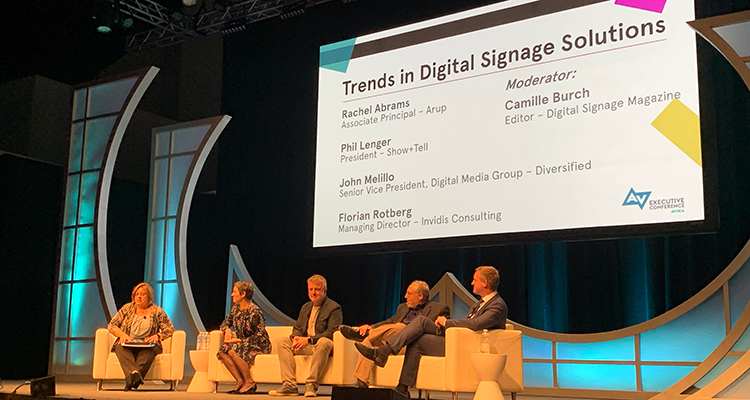 The panel agreed that service and support post-install were not only critical to the success of the install, but really the most important part. Phil Lenger also said, “Designing a digital signage system is like giving birth to a baby. Then you’re clothing and feeding it. That’s a big expense, and someone’s going to pay it, at least if they’re doing it well… The cost that you’re going to spend on the gear is pennies compared to what you’re going to spend to use it well.”
The panel agreed that service and support post-install were not only critical to the success of the install, but really the most important part. Phil Lenger also said, “Designing a digital signage system is like giving birth to a baby. Then you’re clothing and feeding it. That’s a big expense, and someone’s going to pay it, at least if they’re doing it well… The cost that you’re going to spend on the gear is pennies compared to what you’re going to spend to use it well.”
Data came up a good bit in the service discussion, since data monitoring can be a service potentially offered. But of course there’s never a data discussion without talking about privacy. Florian Rotberg, whose company is based in the EU, said, “GDPR has changed everything. We can collect as much data as we want, but what can we store? There is do much temptation to collect lots of data…. Most customers have more data than they can analyze. It’s not about collecting as much data as possible. We ask our customers what their biggest five pain points are, and work on collecting data to help with that… It’s not about just filling up an information lake.”
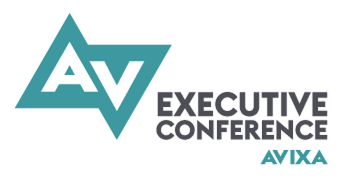 All the panelists agreed that collecting tons of data for data’s sake would be a mistake, and that it had to be done thoughtfully. Phil Lenger said, “People are scared of data, but it can be a ‘super power’ as well. So we’re advising clients to develop someone in your organization who is an expert and a champion for data…. It’s a skill that needs to be developed. It’s going to touch every aspect of the gear and the installations and the creative.”
All the panelists agreed that collecting tons of data for data’s sake would be a mistake, and that it had to be done thoughtfully. Phil Lenger said, “People are scared of data, but it can be a ‘super power’ as well. So we’re advising clients to develop someone in your organization who is an expert and a champion for data…. It’s a skill that needs to be developed. It’s going to touch every aspect of the gear and the installations and the creative.”
Data was a large focus of the panel on collaboration as well. The moderator was AVNation’s Tim Albright, with panelists Jane Hammersley, director of global alliances and collaboration at Maverick AV Solutions, Joe Laezza, senior vice president of global accounts for AVI-SPL, and Julian Phillips, executive vice president at Whitlock. Julian Phillips said, “The horizon ahead of us what most enterprises need to do is improve how human beings get together…. We have to look not just at the technology inputs and ouputs, we have to look at the space itself, we have to think about the style people are working. We need to understand what exactly we are trying to measure. There’s so much data… you often can’t see the woods through the trees. Most customers don’t have an appetite for ‘thin data’ — they want ‘rich data.’ We have to start changing our language as integrators — not just measuring what we provide with the technology in the space.”
Joe Laezza said, “It’s becoming less about the technology and more about the use cases and the outcomes. Data becomes a critical point in understand that…. There will always be a spot for custom, for building a purpose-built environment, but… if we enable the 4 S’s (simple, standards, scalability, serviceability) and there’s no friction, we’ll flourish.”
Finally, I also interviewed AVIXA CEO Dave Labuskes about his thoughts on how AVEC 2019 went and AVIXA’s plans for the future:
Did you go to AVEC 2019 this year? What were your thoughts on the conference? Let us know in the comments.

